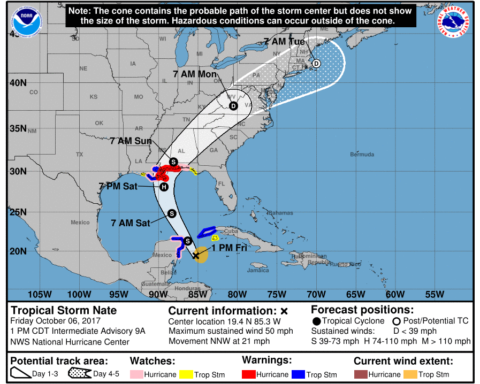The appearance of a huge man-eating shark near a Florida beach on the cusp of the summer swimming season would not usually evoke a sympathetic response from either beachgoers or local tourism boosters.
But the discovery of a weakened, disoriented tiger shark — measuring more than 11 feet and weighing some 800 pounds — in the surf of Nokomis Beach last month has become something of a poignant symbol for what scientists fear most from the Gulf oil spill: the unknown effects of the massive underwater oil plume and dispersants on marine life beneath the waves.
“When we see deeper-water sharks this close to shore, it leads me to believe that something is going on,” said Robert Hueter, director of the Center for Shark Research at the Mote Marine Laboratory in Sarasota. “The tiger shark was still alive, but disoriented and lethargic. That matches what toxicologists tell me are the effects of oil on other invertebrates.”
Hueter has recorded more than two dozen sightings of deepwater sharks near the Florida coast in the past few weeks. Along with the tiger shark, a pair of whale sharks was spotted May 28 six miles offshore. All three sharks were tagged and steered back into deep water.
It is too early to say whether the sharks’ appearance in coastal waters is connected with the spill. But Hueter does not see it as a good sign. He calls it a “Hmm moment — what are we looking at here?”
Marine scientists also have logged recent sightings of sailfish, dolphin fish, mahimahi and other fish in coastal places they normally don’t frequent. “Blackfin tuna are being caught by fishermen 10 miles from shore. Mahimahi don’t come close to shore. That doesn’t happen,” Hueter said.
The Gulf of Mexico is home to 16 species of shark. Since the sharks are equipped with an acute sense of smell to enhance their predatory skills, scientists hope that the smell of the oil may prompt them to seek cleaner waters. But no one knows how they will respond. Many are in the northern Gulf now, bearing their young in shallow estuaries.
The whale shark, which has been recorded diving a mile deep or more, would normally be in the spill area this time of year, Hueter said. The world’s largest fish, it is known as a “gentle giant” because it lacks the predatory tendencies of its brethren. Instead, it feeds almost entirely on plankton, filtering its food through a mesh in its throat. That may make it even more susceptible to the effects of the spill.
“If those sharks swim into this oil, with the kind of feeding and breathing mechanism they have, it’s kind of a death sentence,” Hueter said.
Yet Hueter, who has directed the shark research center for two decades, is most concerned about the nonlethal effects of the oil spill on animal health, which are largely unseen, widespread and long term.
For instance, research after other spills shows that animals’ reproductive rates can be drastically harmed. Within a year after the 1989 Exxon Valdez spill in Alaska’s Prince William Sound, a resident pod of 36 killer whales had lost 40 percent of its population, according to a report by the Exxon Valdez Oil Spill Trustee Council. The pod is reproducing today at only 70 percent of the rate of other pods that live permanently in Alaskan waters, the report said.
“Dead animals are something we can see,” Hueter said. “Animals that are swimming around sick or with contaminants in them are difficult to observe. That’s the nightmare I fear in the middle of the night — what we won’t be able to figure out very easily.”
If the shark sightings in Florida continue, and more sharks move close to shore, it will no doubt further hamper the state’s efforts to keep its tourism industry afloat in the wake of the spill. Hueter doesn’t even want to speculate about that headache.
“The Gulf is a very sharky place. Attacks are determined not by the number of sharks in the water, but by the number of people in the water,” he said. “The last thing we have to worry about is shark attacks. If that comes, it’s going to be at the end of a very long series of extremely unfortunate consequences.”
But that’s a hedge, and he knows it.
“It’s worrisome when we have an 11-and-a-half-foot shark show up on a beach,” Hueter said. “On the other hand, he was so disoriented, the last thing on his mind was bothering people.”
In fact, the crowd that gathered on the beach that day — watching as Hueter and other rescuers from the Mote Lab cradled the monster tiger shark and prepared to move it into deeper water — seemed more concerned for the shark’s welfare than their own.
“I was moved that people watching were worried about the shark,” Hueter said. “They were not saying, ‘Why don’t you just kill it?’ “








